According to Kevin Werbach of the Wharton School at University of Pennsylvania’s Wharton School, ” Gamification is the use of gaming elements and techniques in non-game situations.”.
Gamification, in other words, is a strategic approach that aims to enhance non-game contexts through the incorporation of relevant game elements.
What is Gamification, and how does it work?
Gamification has several core principles:
1. Thoughtful Application: It’s not just about throwing in-game elements randomly. It’s about purposefully and carefully integrating game mechanics in a setting not usually associated with games. Imagine a company that wants to increase how many pages their customers visit on their website. They could create a game where customers receive rewards for visiting different pages of the website. If the goal of Gamification was to encourage visitors to make a purchase, then a pinwheel could be used.
When applying gamified components, it is important to consider the purpose of their use in order for them to produce the best results.
2. Real-Life Problems Gamification should focus on tangible, real-life issues that customers face. It should offer solutions to customers’ problems or needs that are measurable and impactful. It becomes less effective if the effects of Gamification can’t be quantified in real life. Metrics and results should show the positive impact of the targeted problems.
How can you encourage drivers to obey the speed limit, for example? Penalties? Speed cameras on the road? The New Mexico Department of Transportation has come up with a better solution. In partnership with National Geographic Channel, they installed ” Musical Highway ” on a sleepy section of Route 66 in Tijeras near New Mexico. The rumble strips on the quarter-mile stretch of the highway were designed to make the song “America the Beautiful,” if drivers went at 45 miles per hour, sound. The rumble strips not only encouraged motorists to adhere to the speed limit but also generated buzz in the media.
3. Gamification and Organization: The organization’s goals and objectives are what it wants to achieve using Gamification.
Some of the objectives that an organization might have are to improve sales, customer satisfaction, lower costs, and more.
Gamification solutions that are designed to improve learning and development in an organization should be rewarded. Some companies use a bonus system to reward employees for completing work-related lessons and goals. Employees can then exchange their points for valuable items such as gadgets or bonus cards at shops.
Gamification can only be a successful solution if it aligns with the goals and objectives of an organization.
Gamification for Business
Gamification is a great way to bring fun and excitement into the workplace. Gamification can have positive effects such as increased employee satisfaction, productivity, and reduced stress at work. It is a powerful tool to motivate employees, improve customer service, increase sales, etc.
- A sales team can use gamification to motivate their employees to increase sales. The unit can create a chart that keeps track of the number of sales made by each employee. The unit can reward the employees who sell the most. It creates a friendly competition for the sales team.
A competition between salespeople, created by ePrize and leveraging the strength of prizes to influence the sales habits of its employees, is an example of how Gamification works. The goal of the contest was to get employees to log call reports using Event records. The winner of the game would get a $100 coupon to spend in a local restaurant. The game lasted for a week, but it showed significant results. The team was able to see the effectiveness of the Events logged as the number increased from 10 per week to 40. After the contest ended, the number increased to 60 events per week.
- A team can use gamification to increase customer satisfaction. The team could implement a system that rewards customers for positive interactions with representatives of customer service. These points can be used for discounts or free products in the future.
- A team can use gamification to improve the effectiveness and engagement of training. The unit can turn the movement into a game where trainees get points for completing tasks and answering questions correctly. This will keep trainees interested and motivated.
- A team can use gamification to collect feedback from its users. The unit can create a test version of a product and then share it with certain users. The users can test the product and provide feedback. They can also earn badges and points. This feedback can be used to improve a product before it’s released and create a stronger relationship between a brand and its customers.
The gamification At Work Survey was conducted in 2019 by TalentLMS. Five hundred twenty-six respondents were surveyed from different industries and jobs. The survey revealed that Gamification was a popular way to increase employee motivation and engagement. According to the study,
- Gamification is said to make employees more productive and happier at work (89%)
- 33% of respondents would like to see more games-like features added to their software for employee training.
- 83% of people who receive gamified education feel motivated. 61% of people who do not receive gamified education feel bored and unproductive.
- 89% of respondents believe that they would be more productive if the work they do were more gamified.
- 78% of respondents said that Gamification would make an organization more desirable.
Gamification Examples for Brands
Customer Loyalty Programs
Gamification is a great way to reward customers who are loyal to a business. Starbucks’ My Starbucks Rewards allows customers to earn points for each purchase, which they can redeem for free drinks and other rewards.
Productivity and Learning
Gamification can make learning and development more effective and engaging. Duolingo, one of the most popular educational apps, is an excellent example of how education could be gamified to the maximum benefit of both the user and the company. Duolingo was able to motivate people to learn languages by combining game elements, badges, and achievements with a rewards system.
A productivity tool called Rabit is another example. It’s a habit tracker that helps users develop good habits and reach their goals. Growing your garden is one of the most unique ways this app makes the user experience gamified. Imagine flowers and plants blooming and growing in your garden each time you reach your goal. It’s a great experience to see your hard work transform into something beautiful, like a garden.
Health and Wellness
Gamification is a great way to promote wellness and health by making healthy eating and fitness tracking more enjoyable. You can download a wide range of apps that reward you for living a healthy life, such as Fitbit. Fitbit is a wearable fitness tracker which uses Gamification in order to motivate users to become more active. The tracker records users’ distance traveled, calories burnt, and other fitness metrics. Users can compete against friends and family to earn badges and points and unlock new features when they achieve fitness goals.


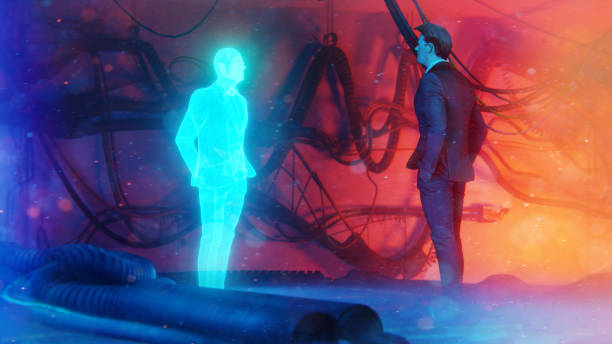

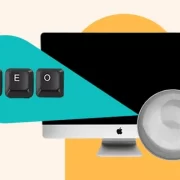
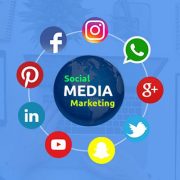


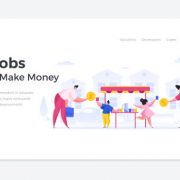
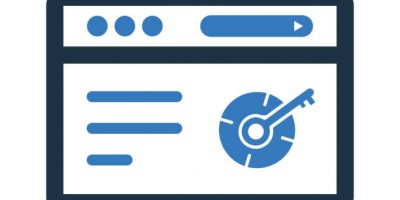
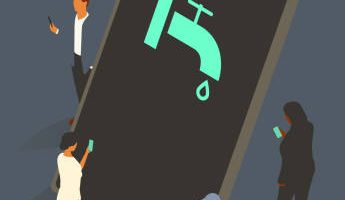





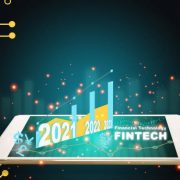
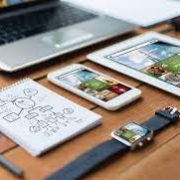

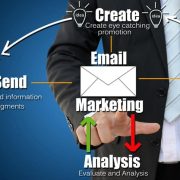
Comments